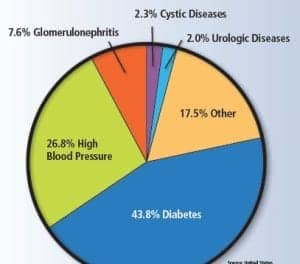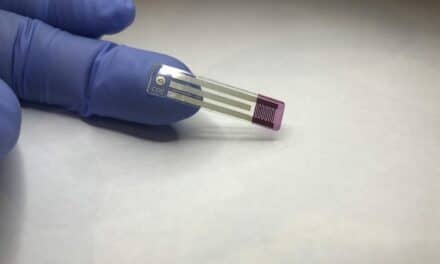An international team of researchers has discovered the existence of three subtypes of nonalcoholic fatty liver disease (NAFLD) with different lipidomic phenotypes and risk of cardiovascular disease.
The study, led by José M Mato at CIC bioGUNE-BRTA, is published in Hepatology. Researchers examined whether NAFLD could be subclassified in different subtypes according to their serum lipidomic signatures.
Nonalcoholic fatty liver disease, which affects approximately one-quarter of the world’s adult population, reflects dysfunctional hepatic lipid metabolism. A better understanding of NAFLD heterogeneity and its biology will facilitate the development of personalized treatments.
The researchers analyzed serum lipidomes from an international cohort of 1,154 individuals with biopsy proven NAFLD. Metabolomic signatures identify three NAFLD subtypes (A, B, and C), independent of histological disease severity. NAFLD subtypes show distinct secretion rates of very low-density lipoproteins (VLDL), being lowest in subtype A.
Moreover, these signatures align with known cardiovascular disease (CVD) and genetic risk factors with subtype A exhibiting a lower CVD risk profile. This may account for the variation in hepatic versus cardiovascular outcomes, offering novel, clinically relevant, risk stratification.
“In this publication we demonstrate that NAFDL arises through different alterations in hepatic lipid metabolism, which opens the door to the development of more personalized treatments,” says Mato.
The research team included first authors Ibon Martínez-Arranz, Chiara Bruzzone and Mazen Noureddin, and investigators from OWL Metabolomics, CIC bioGUNE-BRTA, CIBEREHD, Cedars-Sinai Medical Center, Washington University School of Medicine, Biodonostia Research Institute, Charles University, Marqués de Valdecilla University Hospital, Saaland University, Medical University of Warsaw, Netherlands Organization of Applied Scientific Research, Alcalá University, Galmed Pharmaceuticals, University Hospital of Valladolid, University of Florida, and University of Newcastle.





